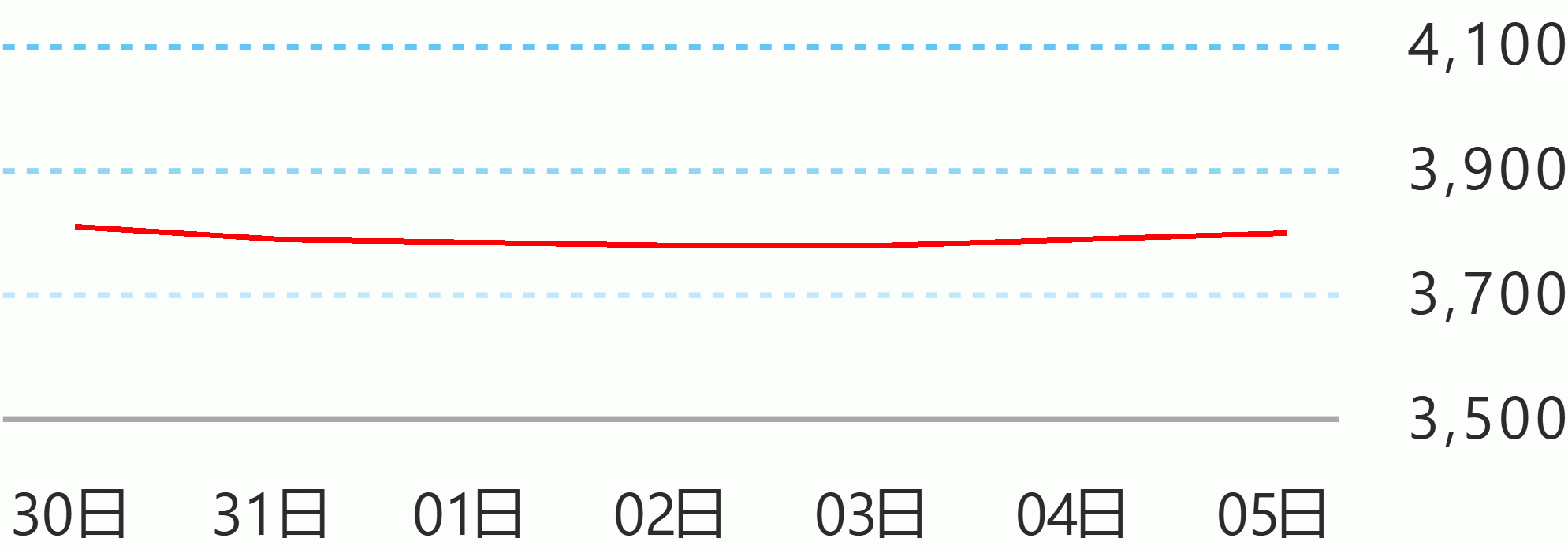Results of the third quarter Senior Bank Loan Officers’ Survey indicated that a larger proportion of respondents maintained their overall lending standards for loans to businesses and households based on the modal approach.
Meanwhile, results from the diffusion index (DI) method presented mixed trends as credit standards for firms generally reflected a net tightening while loan standards for households revealed a net easing.
The third quarter modal-based results showed that a majority of the bank respondents (77.1 percent) specified broadly unchanged credit standards for loans to enterprises.
On the other hand, the DI approach indicated a net tightening of overall credit standards across all borrower firm sizes.
Participating banks also reported that the overall tightening of credit standards was driven by the following factors: the deterioration of borrowers' profiles, reduced risk tolerance, a more uncertain economic outlook, and stricter financial system regulations.
On specific lending standards, the net tightening of overall credit standards was observed through increased use of interest rate floors, stricter collateral requirements and loan covenants, shortened loan maturity, and wider loan margins.
For the fourth quarter, a larger number of the surveyed banks anticipate generally unchanged credit standards for businesses. By contrast, the DI-based results reflected expectations of a net tightening of lending standards due to the following factors: decline in tolerance for risk, deterioration in borrowers' profiles, and less optimistic economic outlook.
Latest results from the third quarter survey indicate that most of the respondent banks (64.9 percent) retained their credit standards for loans extended to households.
However, a net easing of overall credit standards for consumer loans was observed based from the DI approach, which was attributed by respondents to an increased tolerance for risk, improvement in borrowers' profiles and profitability of banks' portfolios, as well as less uncertain economic prospects.
In terms of specific credit standards, net easing was shown in the longer loan maturity of housing loans and personal/salary loans as well as increased size of credit lines for credit card loans.
On one hand, net tightening of lending standards for consumer loans was revealed through tighter collateral requirements and loan covenants, wider loan margins, reduced size of credit lines (particularly for housing loans, auto loans, and personal/salary loans), and increased use of interest rate floors.
For the following quarter, the modal approach pointed to a higher percentage of bank respondents anticipating generally unchanged loan standards.
Meanwhile, the DI-based results continue to present bank respondents' expectations of net easing in overall credit standards for households driven by improvement in borrowers' profiles and profitability of banks' portfolios, as well as increased risk tolerance.
The third quarter survey results pointed to the majority of bank respondents indicating broadly steady credit demand from both firms and consumers, based on the modal approach.
Meanwhile, results from the DI method indicated a net rise in overall loan demand from across all firm classifications and main categories of household loans (namely housing loans, credit card loans, and personal/salary loans).
The general net increase in credit demand from enterprises were reportedly due to improvement in customers' economic outlook and increase in customer inventory and accounts receivable financing needs.
Similarly, the overall net rise in consumer loan demand was associated with higher household consumption, lower income prospects, and banks' more attractive financing terms.
Over the next quarter, nearly half of the surveyed banks responded with expectations of generally unchanged loan demand from businesses (49 percent) while a higher proportion of respondents anticipate steady demand for credit from consumers (65.8 percent).
Based on the DI method, banks expect a net increase in overall demand for loans from businesses in the fourth quarter due to the anticipated improvement in customers' economic prospects as well as increased customer inventory and accounts receivable financing needs.
Likewise, a net rise in overall credit demand from consumers is anticipated by surveyed banks in the next quarter largely due to higher household consumption and more attractive financing terms offered by banks.
While the DI approach generally showed sustained expectations of a net increase in loan demand from enterprises and consumers, it should be noted that DI indicators reflected a slowdown in loan demand compared to the previous quarter amid weakened business and consumer confidence.[6]
Results of the third quarter indicated that a larger proportion of bank participants (73.5 percent) responded with unchanged overall loan standards for commercial real estate loans.
Meanwhile, the DI-based approach showed a net tightening of credit standards for commercial real estate loans in third quarter for the 27th consecutive quarter mainly driven by decline in risk tolerance, deterioration in borrowers’ profiles, and more pessimistic economic expectations.
Over the next quarter, the modal results showed that majority of respondents continue to expect unchanged lending standards for commercial real estate loans while the DI-based approach pointed to respondents' anticipations of net tighter loan standards for commercial real estate loans
On credit demand for commercial real estate loans in the third quarter, a majority of the respondent banks indicated seeing unchanged overall demand based on the modal results.
Meanwhile, the DI approach showed a net increase in loan demand owing mainly to the improvement in customers’ economic outlook, banks’ more attractive financing terms, and lack of alternative sources of funds.
For the fourth quarter, modal-based results reflected respondents’ anticipations of maintained loan demand for commercial real estate loans. Meanwhile, the DI results pointed to an expected net increase in loan demand for the fourth quarter amid clients’ more optimistic economic outlook and banks’ more attractive financing terms.
In the case of housing loans in the third quarter, most of the surveyed banks (71.9 percent) responded with generally unchanged credit standards as indicated by the modal approach.
Similar to the previous survey, the DI-based results pointed to a net easing of credit standards for residential real estate loans which was attributed to increased risk tolerance, less uncertain economic prospects, and an improvement in borrowers’ profiles and profitability of banks’ portfolios.
For the fourth quarter, a larger proportion of respondent banks expect lending standards for housing loans to be maintained, while DI-based values showed an outlook of net easing of housing loan standards.
In third quarter, the majority of bank respondents noted a broadly steady credit demand for housing loans while anticipating the same for the following quarter.
Meanwhile, the DI approach showed a net rise in residential real estate loan demand for both the current quarter and the next quarter driven mainly by banks’ more attractive financing terms and higher housing investment. BSP





 English
English









